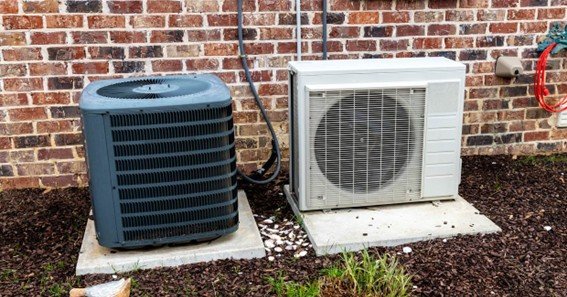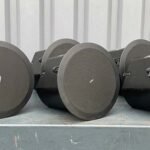An AC and heater unit, commonly referred to as an HVAC (Heating, Ventilation, and Air Conditioning) system, is essential for maintaining comfortable indoor temperatures throughout the year. These systems are designed to provide both cooling and heating, ensuring a pleasant environment regardless of the season.
Understanding AC and Heater Units
An AC and heater unit integrates both cooling and heating functions into a single system, offering a comprehensive solution for indoor climate control. This integration allows for efficient temperature regulation, adapting to varying weather conditions seamlessly.
Types of AC and Heater Units
Several configurations are available, each tailored to specific needs and preferences:
-
Packaged Systems: These units house all components, including the air conditioner and furnace, in a single outdoor unit. They are ideal for homes with limited indoor space.
-
Split Systems: Consisting of separate indoor and outdoor units, split systems are common in residential settings. The indoor unit typically contains the furnace, while the outdoor unit houses the air conditioner.
-
Heat Pumps: Serving dual purposes, heat pumps can both heat and cool a home by transferring heat between indoor and outdoor environments. They are particularly energy-efficient in moderate climates.
Benefits of Integrated AC and Heater Units
-
Energy Efficiency: Modern systems are designed to optimize energy use, reducing utility bills.
-
Space-Saving: Combining heating and cooling functions into a single unit conserves space and simplifies installation.
-
Enhanced Comfort: These systems maintain consistent indoor temperatures, improving overall comfort.
Choosing the Right AC and Heater Unit
When selecting a system, consider the following factors:
-
Climate: Your local climate influences the type of system that will be most efficient. For instance, heat pumps are suitable for milder regions.
-
Home Size and Layout: The system’s capacity should match your home’s size to ensure effective temperature control.
-
Energy Efficiency Ratings: Look for units with high SEER (Seasonal Energy Efficiency Ratio) ratings for better efficiency.
-
Budget: Evaluate both the initial investment and long-term operating costs.
Maintenance Tips
Regular maintenance is crucial for optimal performance:
-
Filter Replacement: Change filters regularly to maintain air quality and system efficiency.
-
Professional Inspections: Schedule annual check-ups to identify and address potential issues early.
-
Clean Components: Keep coils and fans clean to ensure proper airflow and prevent system strain.
Conclusion
An AC and heater unit is a vital component of home comfort, providing year-round temperature regulation. Understanding the different types and their benefits can help you make an informed decision that suits your specific needs.
FAQs
1. What is the difference between a heat pump and a traditional AC and furnace combo?
A heat pump can both heat and cool by transferring heat, whereas a traditional system uses separate units for heating (furnace) and cooling (air conditioner).
2. How often should I service my AC and heater unit?
It’s recommended to have professional maintenance at least once a year to ensure optimal performance.
3. Are packaged systems suitable for all homes?
Packaged systems are ideal for homes with limited indoor space, but suitability depends on specific structural and climate considerations.
4. What does SEER rating mean?
SEER stands for Seasonal Energy Efficiency Ratio, indicating the efficiency of the cooling system—the higher the SEER, the more efficient the unit.
5. Can I install an AC and heater unit myself?
Professional installation is recommended to ensure safety, efficiency, and compliance with local regulations.










